#190 Going Permissionless with Manifold, Nakamigos, Gremplin, and Colombo
PLUS: 👟Adidas enters the NFT PFP game
For everyone headed to NFT NYC: Have fun! I won’t be attending this year, so I’ll have to live vicariously through all your tweets and updates.
If you haven’t been to NFT NYC before and are wondering what it’s all about, check out my recap series I wrote about the conference last year. Each of these pieces was written the morning after, and I didn’t leave my friend’s apartment until I hit publish. It was a wild week…
#46: NFT NYC Precap pt 1: Energy
#47: NFT NYC Precap pt. 2: Experience
#48: NFT NYC Precap pt. 3: Status
#49: NFT NYC Recap: Entertainment
#50: NFT NYC themes and anecdotes
Going Permissionless
If you’re in web3 or crypto, you’ve likely heard of the term ‘permissionless’. What does this mean?
It typically refers to blockchains, and Gemini’s Cryptopedia provides a solid definition:
“Put simply, permissionless means you can freely join and use a blockchain network and participate in consensus without first obtaining permission, approval, or authorization.”
A permissionless blockchain allows anyone to:
“…join the network; send and receive transactions; operate a node; view, copy and contribute to the code; and participate in the consensus process.”
Thanks for the permisionless ethos of the industry, a vibrant crypto and web3 ecosystem has been built over the past decade.
What does a real-life example of this look like? Using the bathroom at school vs. at home. The only exception is if someone else is using the toilet at home. In that case, good luck! 💩
Another example: Marketplaces
The popular marketplaces we use today sell most things, but have guidelines. A permissionless marketplace was Silk Road, which was shut down in 2013.
Got it? Good.
Manifold’s Burn Redeem Update
Last week, Manifold announced updates to its Burn to Redeem functionality. The platform has continued to provide creators with the tools to do what they do best: Create.
TLDR of the announcement:
Creators can use any NFT as a burnable token for another NFT.
Creators can change the burnable token for a redemption at any time. This allows for mechanics like burning in multiple phases.
Previously, creators were only able to set burnable tokens to be from Manifold contracts that they deployed. With this update, it doesn’t matter which contract or platform the token was minted on.
This functionality is currently limited to Ethereum NFTs.
Some tokens don’t have a native burn function. For those tokens, they will be sent to a 0xdead address. These tokens will still exist, but will be burnt in the sense that they are not recoverable.
Creators can configure 3 types of burnable tokens
Any token from an existing contract
Tokens within a specific ID range, eg: token ID 5-99
Specific token IDs within a contract, eg: token ID 1, 10, 100, 1000
An Eye for a Fry with Gremplin
Gremplin, a popular digital artist in the space, decided to play with this new capability over the weekend.
In order to mint, collectors had to burn a Nakamigos, which has been one of the most popular (and mysterious) collections over the past couple of weeks. At the time, a Nakamigos cost 0.8 ETH (~$1,500).
The burn to redeem collection of 69 pieces minted out in a couple hours. Just another day in the wonderful world of web3.
The next day Colombo, another artist, decided to join in on the fun with Manifold’s upgraded feature while playing on the Easter holiday. One brave collector burned their Fry Harvester and received this collaborative piece from Colombo and Gremplin in return.
Yesterday, Gremplin announced another burn associated to his Fry Harvester collection.
Instead of utilizing Manifold’s feature that allows burning tokens from a different collection, Gremplin focused on specifying which tokens in the collection were eligible for burning. This is because his SUPER GREMPLIN collection includes some of his other work that is not part of this effort.
Though it seems like this chapter of Gremplin’s work isn’t finished, we have an idea of what is now possible with Manifold’s update without requiring deep technical knowledge. To make it a little less confusing:
Permissionless burning
Wait a sec…does this mean we can burn ANY NFT or token?
Yup, we were always able to. That’s the beautiful (and scary) part of this space. For example if I wanted to send my Cool Cat pfp to a burn address I could do that.
An example of burning in the physical world reminds of me of jersey burning in sports.
These jersey owners have the right (as long as it’s not illegal) to permissionlessly do what they want with their jersey. They can have their favorite player sign it, cut it, frame it, or even burn it.
This is the same with tokens and NFTs in permissionless ecosystems.
In terms of taking other collections and using those tokens as a burn mechanism there is nothing inherently wrong with that. Regarding the Nakamigos x Gremplin x Colombo art, Tartz said it best:
Permissioned Ecosystems
When it comes to brands however, it’s understandable that this concept is met with hesitance. Imagine being a Fortune 500 consumer brand and releasing your first NFT collection. Woohoo congrats, you did the thing! 🥳
A day later you learn that an anonymous artist created a Manifold Burn to Redeem for your brand’s collection:
The knee jerk reaction is fear. After all, a company’s brand is one of its most valuable assets.
This is likely one of the reasons why Amazon’s rumored NFT marketplace will be on a private and permissioned blockchain controlled by the company.
The day-one launch partners mentioned in the article are web3 native creators and brands that understand the how the space leans into permissionless experiences. However this flexibility could open up a can of worms with Amazon’s ecosystem if web2 partners aren’t ready for what can be done with these types of tokens.
If these reports are true, I’m generally excited that one of the largest marketplaces in the world is looking to enter web3. However, I do hope there will be openness to what a permissionless (or at least a less permissioned) ecosystem can do for consumers, particularly when it comes to partnerships and co-creation.
Shoutout to Mike Stelzner for initially sharing the Gremplin story, you have good taste sir!
ALTS by adidas
PS: Did you know that adidas is spelled with a lowercase ‘a’? I had no idea.
Nike and RTFKT are having an active April, but Adidas is gearing up for a big month as well.
Earlier this morning, Adidas’ web3 arm shared more details about the new ALTs by adidas collection. This times well with NFT NYC:
TLDR:
There are 3 chapters of the journey, with Chapter 1 starting this week
At the conclusion of Chapter 3, the PFP will be fully revealed
ALTS are dynamic NFTs, and will evolve based on decisions and engagement
The first trait is the ALT[er] ego. There are 8 ALT[er] egos with varying rarity
Utility and benefits will vary based on the ALT[er] ego trait
A few things caught my eye:
Multi-stage reveal
I’m starting to notice more multi-stage reveal mechanics. Over the past couple of months, Cool Cats has introduced this with their Fractures collection. Similar to ALTS, rarity and traits are determined by decisions and engagement. The more engaged a holder is, the rarer the traits upon reveal.
A multi-stage reveal process allows more opportunities for storytelling and community engagement.
Personalization
The ALT[er] ego trait will influence holder utility and benefits. This concept isn’t exactly new, with many other NFT collections that have varying tiers and benefits. However, ALTS is incorporating holder preferences into the process, and doing it from the start.
Taking this a step further, these NFTs act as a form of a consumer preference survey wrapped in a NFT. The process of sharing interests and preferences has become more interactive, dynamic, and creates a greater sense of ownership.
Co-Creation
Complimentary to the concept of ownership, the ALTS experience is another example of co-creation. Adidas provides the parameters and guardrails, but the user creates their ALT through their decisions and preferences.
We’ll continue to see more examples of co-creation in the digital realm, are there are less limitations than in the physical world.
I hold ALTS, so I’m looking forward to sharing notable developments with you. It’s time adidas got some more love as I’ve covered RTFKT and Nike too many times to count 😉
See you Thursday!




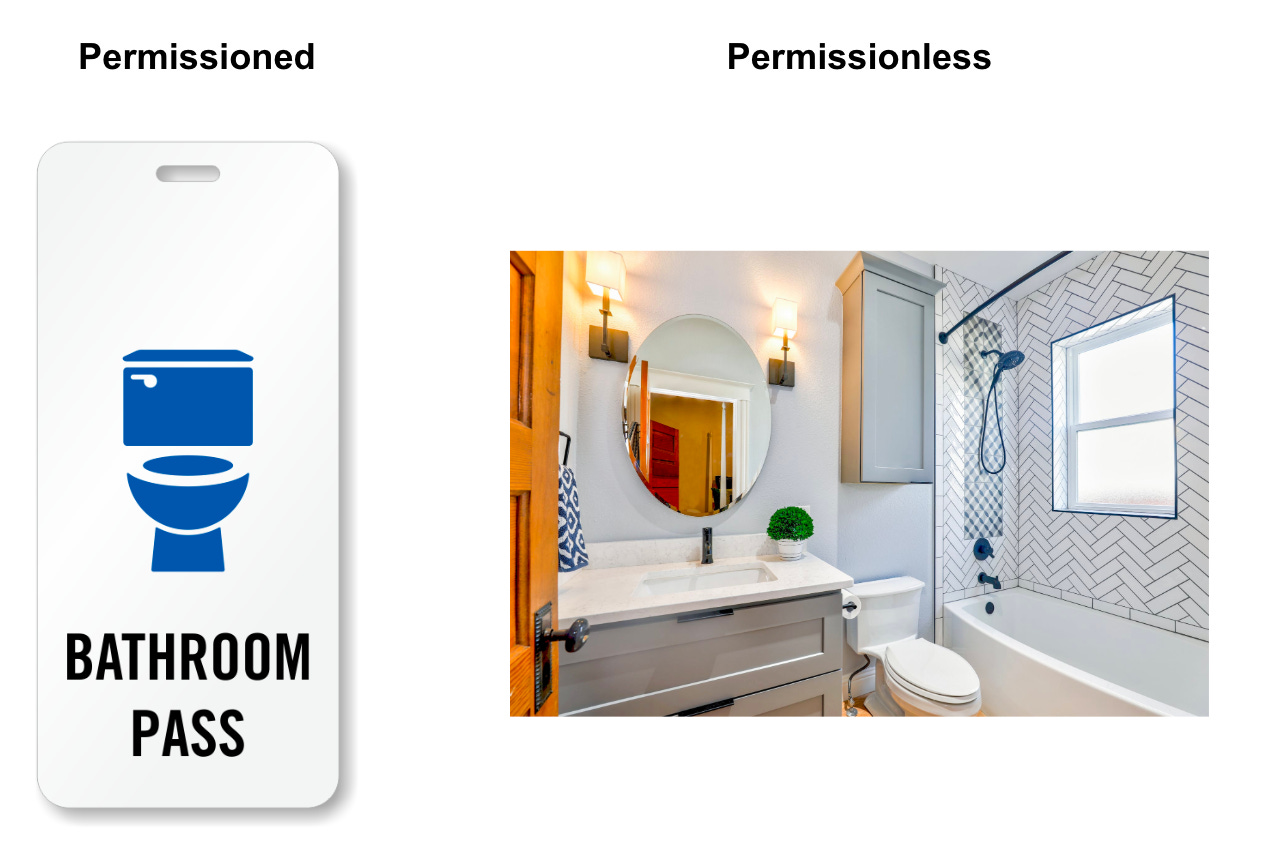
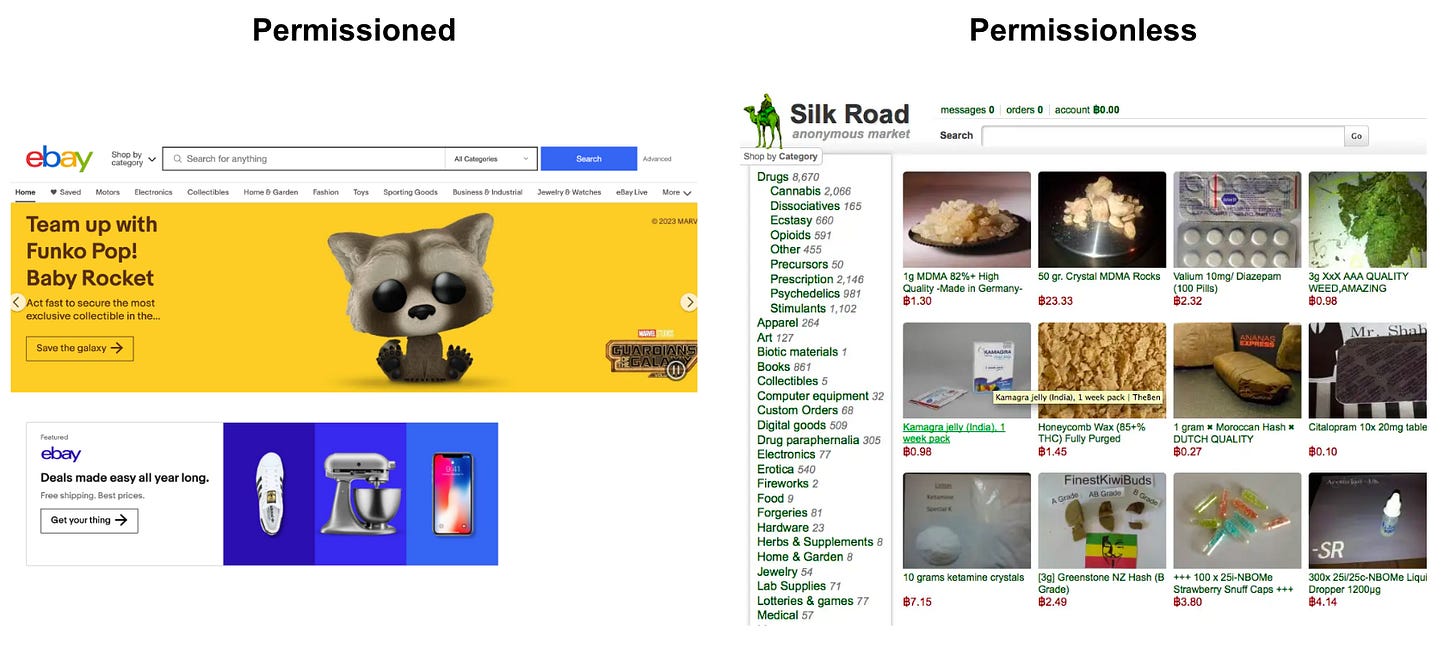




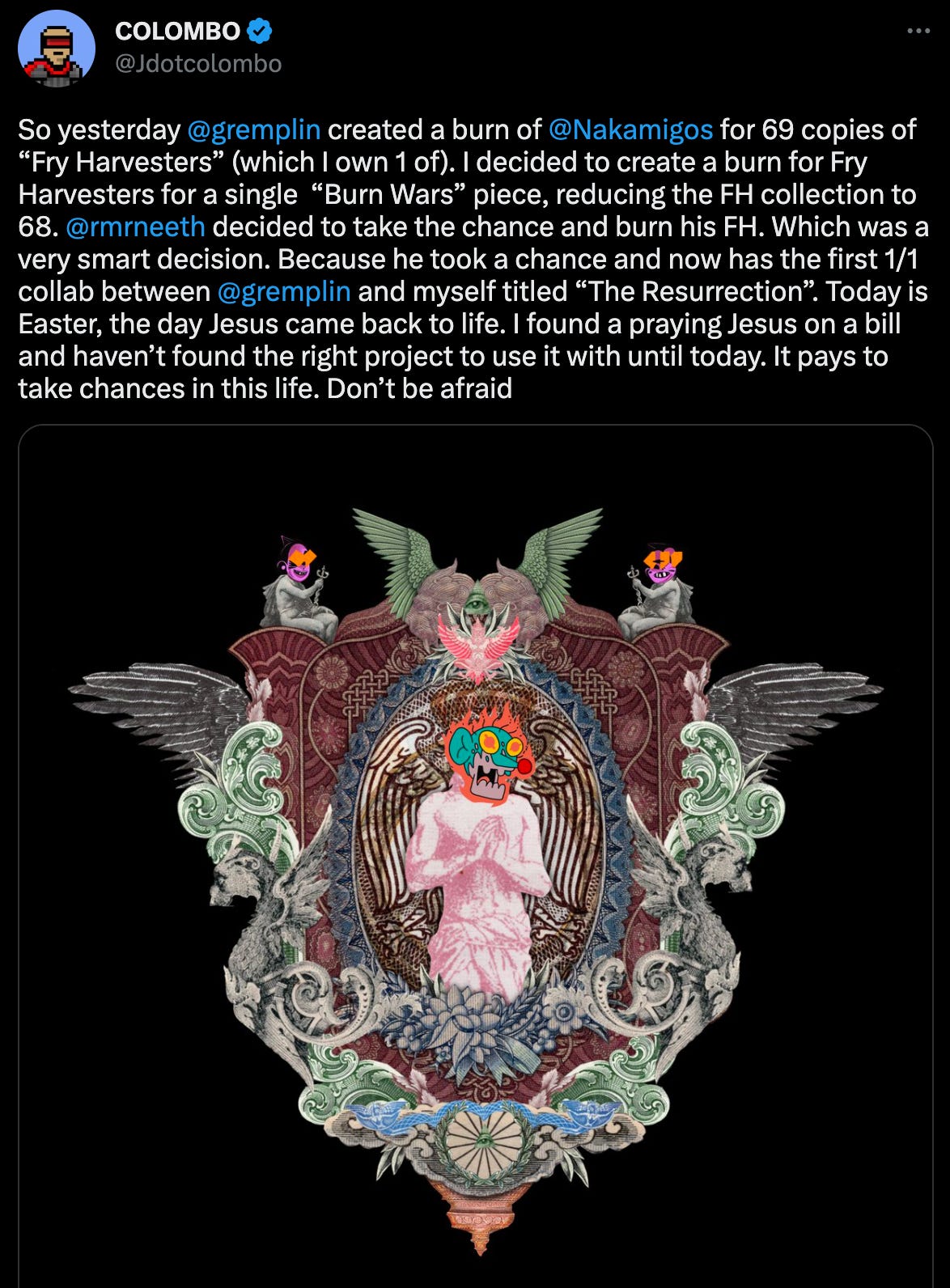

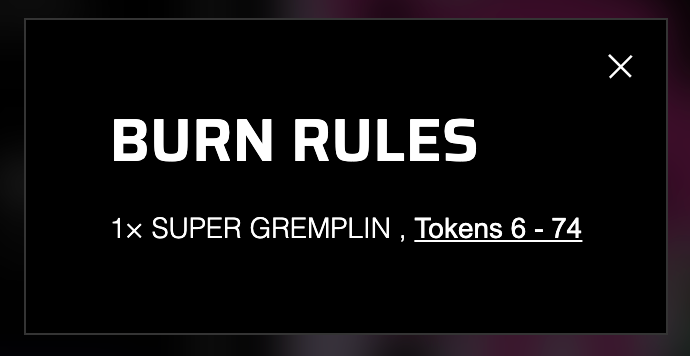







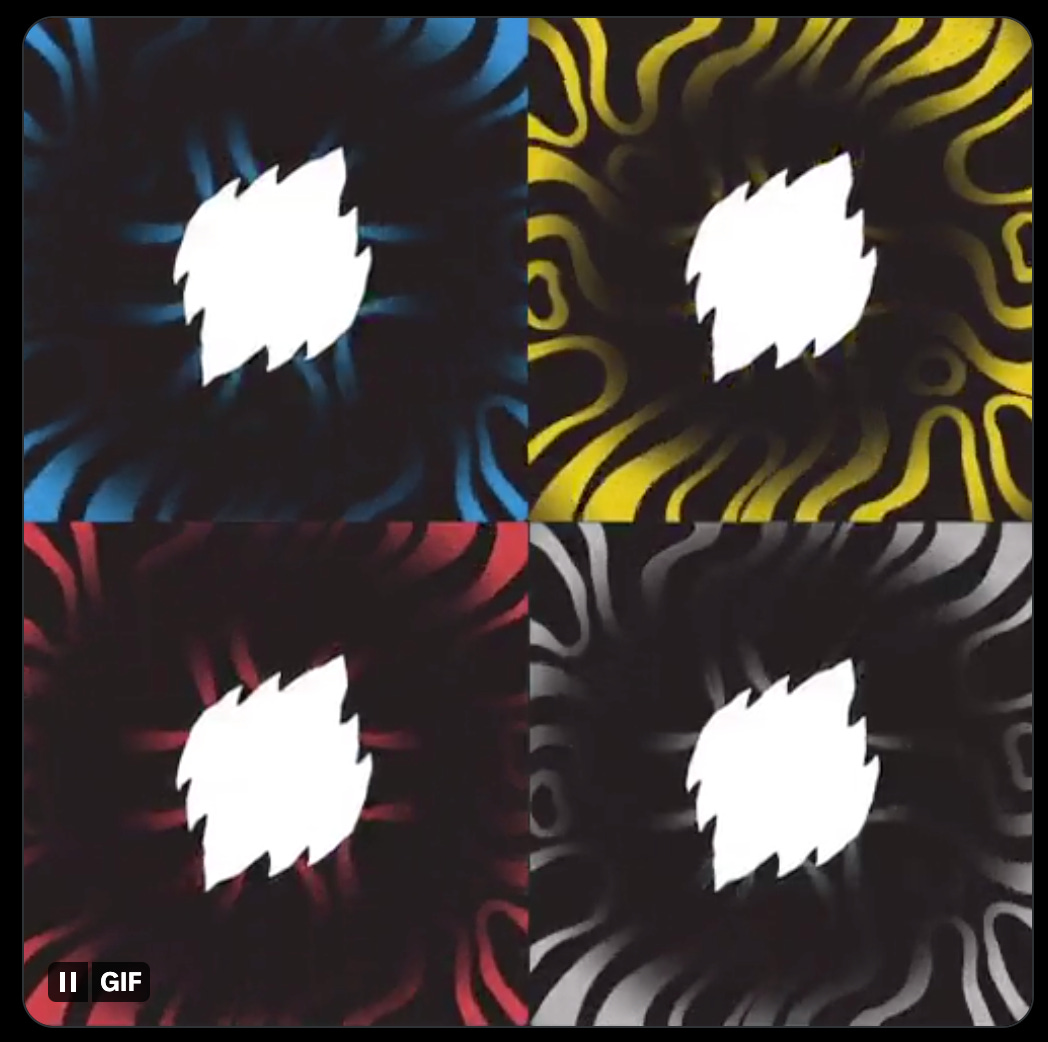

Great explanation of permissionless.
Had fun reading this, thanks.